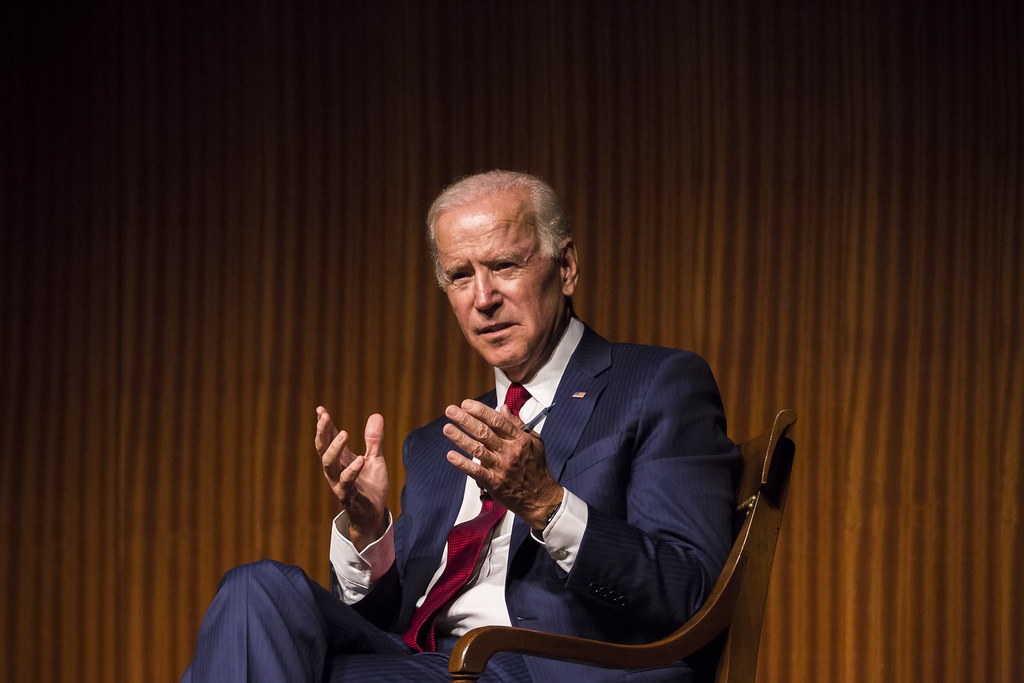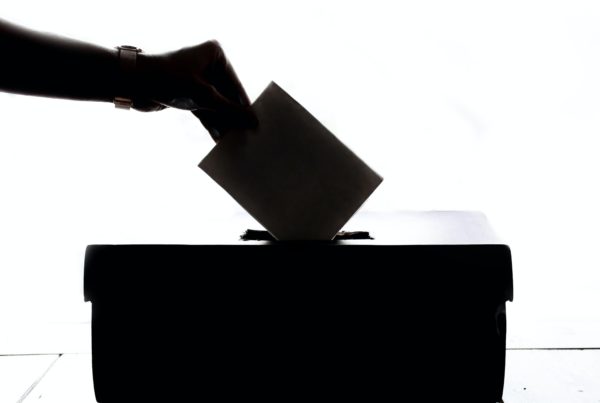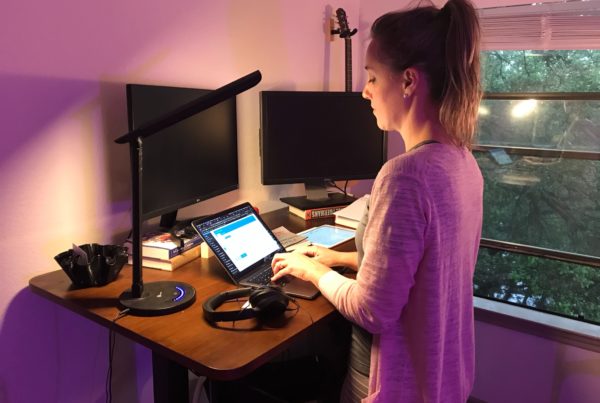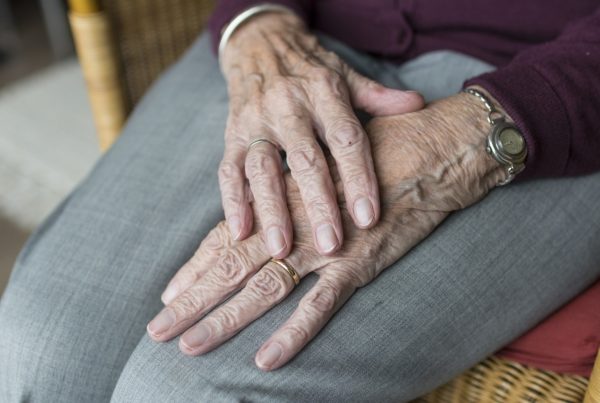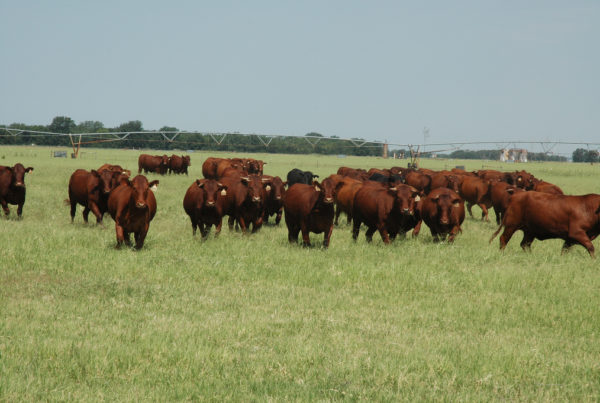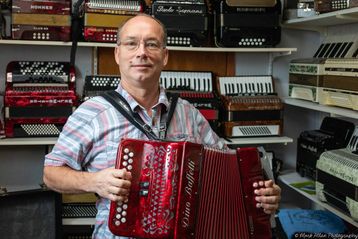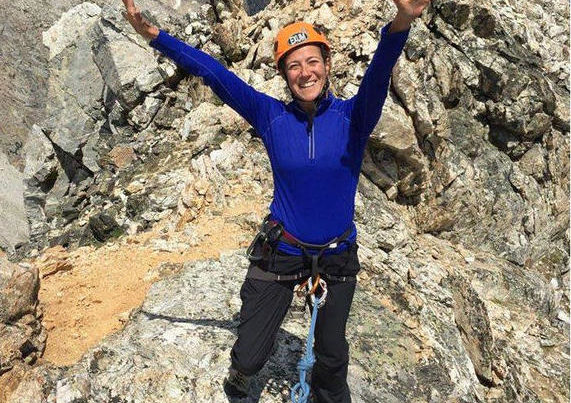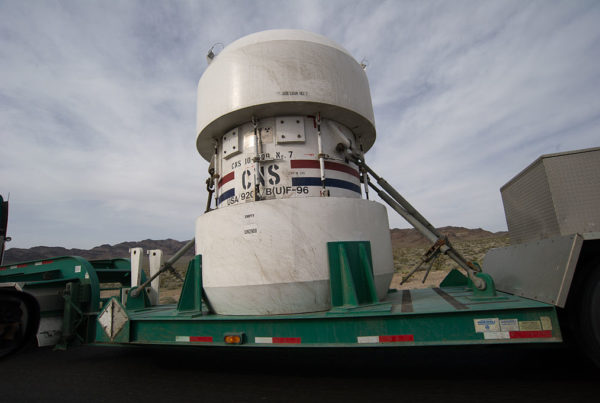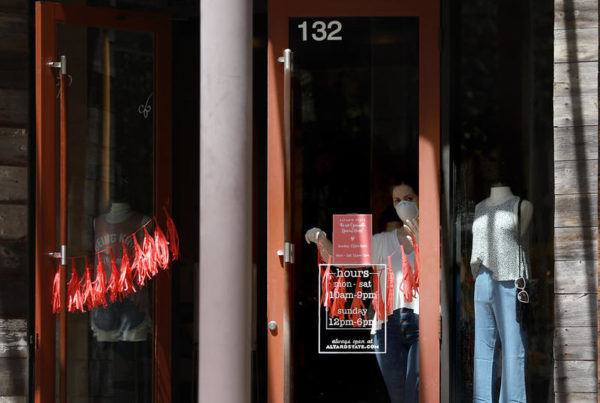Texas has voted for a Republican in every presidential election since 1980. But that decades-long hold may be eroding, according to some political experts.
Donald Trump won Texas by less than 9% of the vote in 2016. And the margin was even smaller for Sen. Ted Cruz in 2018, the year of the last statewide contest.
In Brazoria County, one of the largest Republican precincts stretches from Lake Jackson toward Highway 36 along the Brazos River.
“It is a very, very conservative precinct,” said Becky Green, who chairs the county’s 30th Precinct. “Overwhelmingly Republican.”
But Green is anxiously watching the northern part of the county, nearest to Houston.
“We have a lot more of Houston sort of moving down south, and so we are seeing more people registering and voting Democrat in that part of the county,” she said.
Jacinda Valencia is one of those recent arrivals. Valencia moved to Pearland from Houston’s East End three years ago, and now chairs Democratic Party Precinct 13.
“If you look at the public election data and information,” Valencia said, “you’ll see that there are sections within Brazoria County that are purple and blue.”
It’s a trend Valencia sees repeating in most of Texas’ major urban areas.
“If you look at most of the metro cities, like Houston, San Antonio, Dallas, Austin, they are already blue, and they’re highly concentrated,” Valencia said. “As you shift further out and zoom out further in the map, you start seeing purple cities.”
Republican Becky Green isn’t worried about what this means for the Texas GOP as a whole. “I think that we’re sitting back watching what’s going on in the cities, and I think that we’re all very disturbed by that,” Green said. “But that’s having a positive effect. It’s getting people kind of riled up. We’re registering tons of new Republican voters across the state.”
In past years, that would have been more than enough to keep the state safely in the Republican column. But Texas is approaching a tipping point: The population in the state’s 27 most-urban counties is close to surpassing that of the state’s 200-plus rural counties.
Political scientist Richard Murray of the University of Houston said that urban growth could finally turn Texas into a battleground state as early as this year.
“These interconnected economies – Dallas-Fort Worth, Houston, Austin, San Antonio – it’s a relatively small part of the state, but again, 84% of the growth since 2010 has been in these Texas Triangle counties,” he said.
Murray said the Latino vote is driving much of the urban shift from red to blue. He noted that the Hispanic vote is much larger than in the past, as more and more children of immigrants reach voting age. In 1996, in Harris County, just 60,000 persons with Spanish surnames voted in the Clinton-Dole presidential contest, he said.
Much has changed since then.
“Jump forward to 2016…about 250,000 Spanish-surname persons voted in Harris County,” Murray said. “We basically had a 500% increase in 20 years.”
Murray said Texas’ Republican Party could not have chosen a worse time to pursue anti-immigration policies, and pointed to another once-solid bastion of the GOP.
“We could go the way of California,” he said, “which went very damn fast. You know, California was a very Republican state in things like governor elections in the 1980s and even 90s. Then, all of a sudden, everything collapsed.”
That collapse came in large part because Latino and Asian Californians abandoned the GOP after the party pushed to deny state services to undocumented immigrants – a ballot measure the courts later struck down.
There’s another parallel between Texas and the California of a generation ago: In the 1990s, the end of the Cold War decimated the aerospace industry, costing California tens of thousands of high-paying jobs, most of them held by whites in Long Beach and other areas in the south of the state. Many wound up leaving California in search of work elsewhere.
“This collapse of the energy industry has more profound political possibilities than many people realize in Texas,” Murray said. “When these well-paying jobs go away in industries like aerospace and energy, they generally don’t come back, and people move on.”
In Texas, the numbers are looking worse than ever for the GOP. A Dallas Morning News/University of Texas at Tyler poll shows Trump in a virtual dead heat with presumptive Democratic nominee Joe Biden.
Still, Murray issued a caveat: He says Texas will be competitive “if we have anything like a normal election.”
Between COVID-19 and the worst economic disaster in decades, it’s far from clear a normal election is in the cards.
If you found the reporting above valuable, please consider making a donation here. Your gift helps pay for everything you find on texasstandard.org and Houston Public Media. Thanks for donating today.


